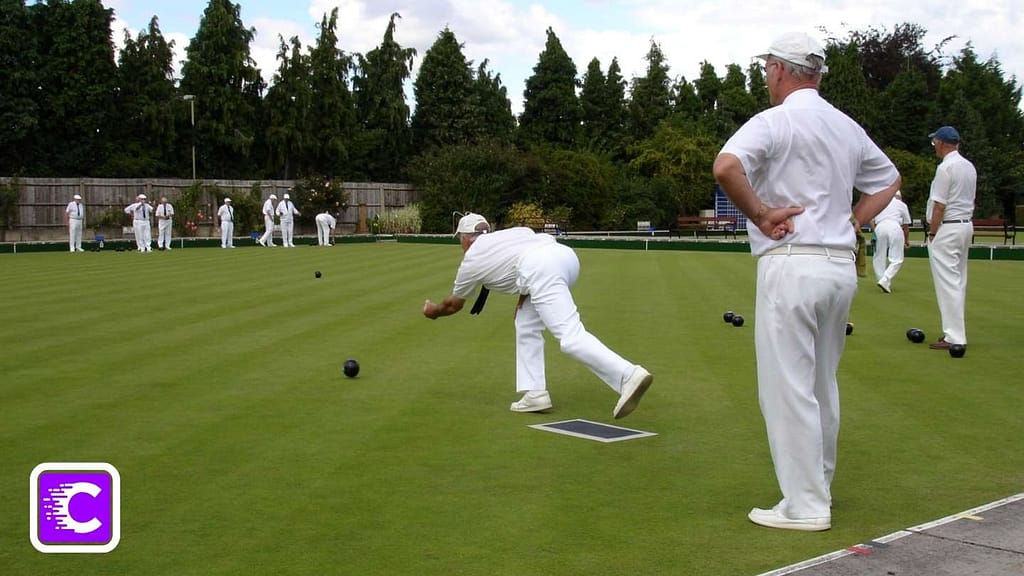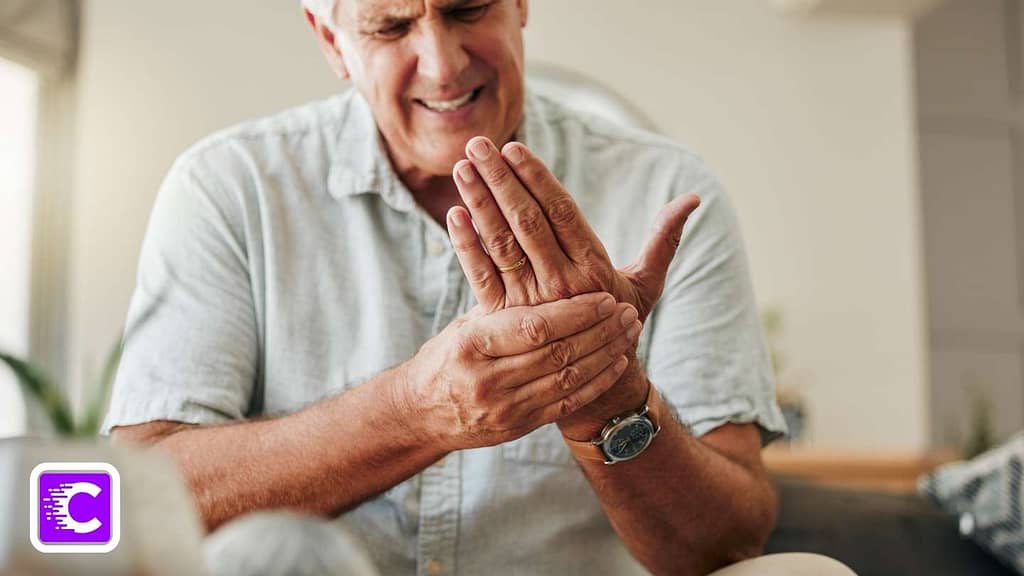Last updated on October 4th, 2024 at 01:22 pm
Left-handedness stems from a mix of genetics and environment. It (often) runs in families. Left handedness influenced by both genetic traits and early life factors. Studies suggest a blend of these aspects affects why some individuals are left-handed.
About 10% of the global population is left-handed, with a higher prevalence among males. Cultural norms impact this – with some societies favoring right-handedness historically.
Knowledge of left-handers’ statistics aids educators in creating inclusive learning settings. It guides the design of tools and technology to accommodate left-handed individuals — fostering equality and appreciation for human diversity.
In this blog post, we will explore 65 and More comprehensive statistics about left handed people in 15 categories!
Why You Should Read ?
✔️ Well Researched
✔️ Sourced from 36 most trusted websites [Links at bottom]
✔️ Well categorized — 15 Categories available
✔️ Fact Checked
The statistics provided are taken from more than 36 most trusted websites and source links you can find at the bottom. Most of the statistical information is discussed in comparison with righties, so you will also get right handed vs left handed statistics from the page as a bonus.
Keep in mind that, you can check out each of these left hand statistics categories based on your requirements.
Left Handed People Statistics
Now Let’s move to the categories of left handed statistics.
Statistics about Left Handed People Population
How Many People Are Left-Handed?

- 12% of the total population in the world is left handed people.[1]
- Less than 1% of the total population is ambidextrous, which means they can use both left and right hands.[1]
- The percentage of left-handed individuals among the over-65 age group in North America is 6%.[1]
- The percentage of left-handed individuals among the under-30 age group in North America is 15%.[1]
Left Handed Statistics Over Time >>>

In this category you will get some amazing bundles of left-handed statistics over time.
- In a study of 1,177,507 Americans aged 10-86, left-handedness decreased with age, and sinistrals had higher concordance for writing and throwing. [2]
- Generally, 10.6% of people prefer using their left hand over their right for motor tasks. Twins, especially monozygotic ones, show a higher rate of atypical handedness, suggesting genetic influence.[3]
- A study on the UKBiobank data, identified modest yet meaningful SNP-based heritabilities for left-hand preference (4.35%), birthweight (15.47%), and being breastfed (5.94%). [14]
- Left-handedness is estimated to be around 12% (in the developed Western world) but lower in formal cultures like Asian, Muslim, and Latin American countries.[17]
- Monozygotic (identical) twins occur only 3 or 4 times out of every 1,000 births. Left-handedness, on the other hand, occurs in over 100 out of every 1,000 individuals. [17]
- Studies estimate that approximately 80% of people prefer using their right foot. About 70% of individuals show a preference for their right eye. Around 60% of people favor their right ear. [17]
- In the 1980s, Stephen Christman conducted a study on handedness using the Edinburgh Handedness Inventory. He discovered that approximately 50% of individuals are strong-handed (using one hand consistently for all tasks). And, with around 2-3% being strong left-handers, about 47% strong right-handers, and the remaining 50% exhibiting varying degrees of mixed-handedness. [23]
- 65% of newborn infants prefer turning their heads to the right in a crib. 15% of newborn infants prefer turning to the left. Approximately 20% of newborn infants show no specific preference. Most infants, regardless of their later-handedness, tend to hold a rattle in their right hand longer than in their left hand when they are a few months old. [28]
- According to the researchers—left-handed individuals are more likely to be introverts compared to right-handed individuals. [31]
- According to a study from 2005, around 20% of the members in Mensa, a high-IQ society, are left-handed. [32]
- Around 30% of left-handed individuals are more likely to be smokers. A higher prevalence of smoking 10 or more cigarettes daily was found particularly among males and those in high-stress areas in Detroit. [36]
- A study of 2316 Japanese individuals found that men tend to increase their right-hand preference up to the age of 30. In contrast, women consistently showed a stronger hand preference for using their right hand.[5]
- Since the beginning of mankind, about 8% of people have been left-handed. This percentage remains fairly constant across different human populations.[6]
Easy Methods to Identify the Handedness – Statistics

Here are a limited number of left-hand people statistics to consider to identify the handedness.
- The direction of the hair whorl on the crown of the head is a simple method to identify the handedness. Studies show a range of 65% to 92% for clockwise whorls. There is a genetic link between anti-clockwise hair whorls and left-handedness, with 45% of left-handers and 8% of right-handers. [17]
- Approximately 60% of individuals fold their arms with the left wrist on top. This behavior seems to be consistent across individuals whether he or she is left handed or right handed dominant. [17]
Left Handed Gender Statistics

Here are some left handedness statistics from a gender perspective.
- Males are more likely to be left-handed than females. In a U.S. study with participants aged 10-86 years, 12.6% of men were non-right-handers compared to 9.9% of women. [14]
- A Meta-analysis of 144 studies in 2008 found that a left-handed person is 23% more likely to be a male than a female. The male-to-female odds ratio was 1.23 (95% confidence interval = 1.19, 1.27) [15]
- A meta-analysis by Martin Lalumiere et al in 2000 showed an incidence of left-handedness of 39% in homosexuals (nearly four times the expected rate). [18]
- When both parents of a child are left-handed, there is a 26% chance that the child will also be left-handed. [32]
Left handedness and Music Statistics

Here are a few left handedness statistics in the music category.
- According to a survey of 17 professional orchestras in Britain, 13% of the musicians were left-handed. It’s slightly higher than the national average. [23]
- In a study published by Oldfield in 1971, 12.2% of male musicians and 11.8% of female musicians were left-handed based on the Laterality Quotient. [33]
Left-handed career statistics

Here are some left handed career statistics.
Skills, Education, Job or Work Related Statistics
- Lefties earn 10-12 % lower incomes compared to righties. This gap is because of differences in cognitive skills and emotional or behavioral problems. [11]
- Left handed people do more manual-intensive occupations than right-handed people. [11]
- A study of young children in Australia and the United States found that left-handed children have lower cognitive and noncognitive skills than right-handed children. [11]
- Based on a study, in the US, left handed people are 2% less likely to complete college compared to right handed. [11]
- A study by an Associate Professor at Harvard Kennedy School, Mr. Joshua Goodman found that lefties scored 10-12% less than righties in Cognitive Skill. [13]
- According to the study of National Bureau of Economic Research, Handedness and Earnings, 2006, earning of highly educated left handers are 15% higher than highly educated right handers. [13]
- Approximately 90% of individuals prefer using their right hand for complex manual tasks. Whereas, about 10% favor using their left hand, and around 1% are considered ‘ambidextrous’ with no clear preference. [14]
- In a 1998 study in Development Neuropsychology, 24% of young left-handers attempted to switch their writing hands. [20]
- In a 2008 study by John Santrock, 20% of top SAT scorers were left-handed, compared to the general population’s 10% left-handed rate. [21]
- John Santrock’s 2008 study indicated that more left-handed individuals are found among mathematicians, architects, musicians, and artists, suggesting a correlation with good visual-spatial skills. [21]
- In a 1995 French study of 500 artists, between 2.8% and 4.7% were left-handed, lower than the general population. Notable left-handed artists included Raoul Dufy, M.C. Escher, Hans Holbein the Younger, Paul Klee, and Leonardo da Vinci. [22]
- Right-handers often ignore left-handedness, while left-handers are more aware of their left-handedness. In a recent survey, only 8% of left-handed students and 2% of left-handed schoolchildren considered their left-handedness important in self-description. [26]
- In the 20th Century, older individuals were more likely to claim right-handedness than younger individuals. A study showed that only 3% of people over 80 wrote with their left hand, while 9% ate with their left hand. This suggests that some individuals may have switched their writing hand or concealed their left-handedness. This may lead to the mistaken belief that left-handers are typically younger than right-handers at death. [27]
Left handed death and Life Expectancy Statistics

Here are a few left handed people statistics in connection with life expectancy and death.
- Left handed people die 7-9 years earlier than right handed people (Based on a study in 1991 by Halpern and Coren). [4]
- When assuming constant rates of left-handedness from 1946 to 1989, there was essentially no difference (0.02 years) in the age of death between left-handers and right-handed people. [34]
Health Risk Statistics of Left Handers

Here are some filtered left handedness statistics in the health risk group.
- The researchers found that 11% of the patients included in the study, who had mood disorders like depression and bipolar disorder, were left-handed.[7]
- In a 2007 study, individuals with PTSD were found to have a higher prevalence of left-handedness (8.5%) and showed increased arousal symptoms. [7]
- In a study of 100 patients with PMLD, found that 94% of left-handed patients had bilateral limb movements. It emphasizes a higher likelihood of experiencing periodic limb movement disorder (PLMD) in comparison with right-handed patients. [8]
- left-handers have a 2.59 times higher risk of developing post-menopausal breast cancer. [9]
- Left-handed women had a lower risk of developing pre-menopausal breast cancer compared to right-handed or ambidextrous women. [9]
- Based on a meta-analysis of over 40 studies by Dragovic & Hammond (2005), Left-handedness is more common in psychiatric illness. Schizophrenia patients are twice as likely to be left-handed. [10]
- About 20% of individuals with schizophrenia are left-handed, double the rate in the general population. [27]
- Studies show that individuals with autism are more likely to be left-handed. Some studies indicate a 60% higher likelihood and others suggest over 5 times higher likelihood compared to the general population. [27]
- A 2012 study showed that nearly 40% of children with cerebral palsy were left-handed. [32]
Positive Health Statistics of Left Handers

Few positive statistics about left handed people in health category.
- A 2001 study of over 1.2 million people showed that left-handers had no increased health risk for allergies and lower rates of ulcers (Odds‐ratio OR = 0.920, 95% CI 0.896–0.944) and arthritis( (OR) = 0.942, 95% CI 0.922–0.962). [12]
- A 2015 study found that left handed people have an increased chance of recovering from strokes and other brain related injuries in comparison with right handers. [7]
- A study conducted in 2006 found that individuals who are left-hand dominant may process multiple stimuli faster than right-hand dominant. [7]
- A 2017 study in Biology Letters showed left hand dominant athletes are more common in certain sports. For example, while 10% of the population is left-handed, around 30% of elite baseball pitchers are lefties. [7]
Left-handed criminal statistics

Here are a few left handed criminal statistics.
- In a 2004 study by Faurie and Raymond on nine undeveloped societies, it was found that in societies with higher violence and murder rates, left-handedness was more prevalent. Left-handedness ranged from 3.4% to 22.6%. It suggests that violent societies may have favored left-handed individuals as combatants or criminals. [24]
- There is a strong and positive correlation between the percentage of left-handers and the rate of homicides in traditional societies. The frequency of left-handers varies from 3% in peaceful societies to 27% in aggressive and warlike societies. [35]
Left-handed Sports statistics

Here, you get a few statistics for left handed people who are interested in sports.
- A 1996 study by Michel Raymond et al. found that about 32% of left-handers are in interactive sports, compared to 11% in non-interactive sports. While there is a perception that left-handers are over-represented in golf, there is no clear advantage for left-handed play in golf. [25]
- In tennis, 40% of seeded players are left-handed. [32]
Left handed female statistics

In this category of left hand statistics, we’ve provided a few left handed female statistics for you.
- left-handed was linked to a 62% higher risk of Parkinson’s disease in women. [32]
- left-handed women have a higher risk of developing multiple sclerosis. [32]
- According to a study, left-handed women may have a higher risk of breast cancer compared to right-handed women. [32]
Left-handed accidents statistics

Here are a few important statistics for left handed people in the accident category as left-handers generally come across accidents in their daily activities, work, use of tools designed for righties etc
- Left-handedness frequency was 18.1% among trauma patients, higher than the 10.5% in controls (P < .003). [29]
- 20.0% of left-handers had prior injury hospitalization vs 12.0% of right-handers. [29]
- Left-handedness seems to be a risk factor for unintentional injury in children and adolescents at a pediatric emergency department. [29]
- In Coren’s study in 1989, it was observed that left-handers were 1.89 times more likely to report injuries and require medical attention compared to right-handers. [30]
- Left-handed US sailors have a 34% higher chance of experiencing a serious accident compared to right-handed sailors. [32]
Left Handed People Population – Country Wise Statistics

Here are some Left Handed People Statistics on the population country wise.
Countries have more Left Handers [16]
| Country | Left-Handers Population (%) |
|---|---|
| The Netherlands | 13.2% |
| United States | 13.1% |
| Belgium | 13.1% |
| Canada | 12.8% |
| United Kingdom | 12.24% |
| Ireland | 11.65% |
| Switzerland | 11.61% |
| France | 11.15% |
| Denmark | 11% |
| Italy | 10.51% |
Countries have less Left Handers
| Country | Left-Handers Population (%) |
|---|---|
| Korea | 2.0% |
| Mexico | 2.5% |
| China | 3.5% |
| Japan | 4.7% |
| Taiwan | 5.0% |
Left Handedness in Animals Statistics

Want some statistics about Animal left-handedness? Here are-
- In Animals, no preference has been observed at the species or population level, where it appears to remain close to 50% right and 50% left. [19]
- Bill Hopkins, at the Yerkes Regional Primate Research Center in Atlanta, USA, claims that his captive chimpanzees exhibit a 70% right-handed preference for many tasks requiring manual dexterity. A rate that rises to almost 98% for very specific tasks, like the precise over-arm throwing of objects. [19]
- A small study at Queen’s University Belfast suggests that cats exhibit quite strong laterality preferences when engaged in sufficiently dexterous tasks—such as extracting food from a small jar. Interestingly, 95% of females favor the right paw and 95% of males favor the left for such tasks. For simpler or general tasks, the same cats used their right and left paws about equally. [19]
- Recent research reported in Applied Animal Behaviour Science, though, showed that about 53% of horses prefer to lead with the right leg. Whereas, 40% prefered with the left—and 7% showed no preference. [19]
- 90% of parrots were found to favor their left foot for picking things up, showing a level of handedness similar to humans. [19]
Conclusion
I hope these left handed people statistics were helpful to you. Please consider sharing these left handedness statistics with your lefty friends and family members. Also, help us to update these left handed statistics over time. Thanks for reading.









